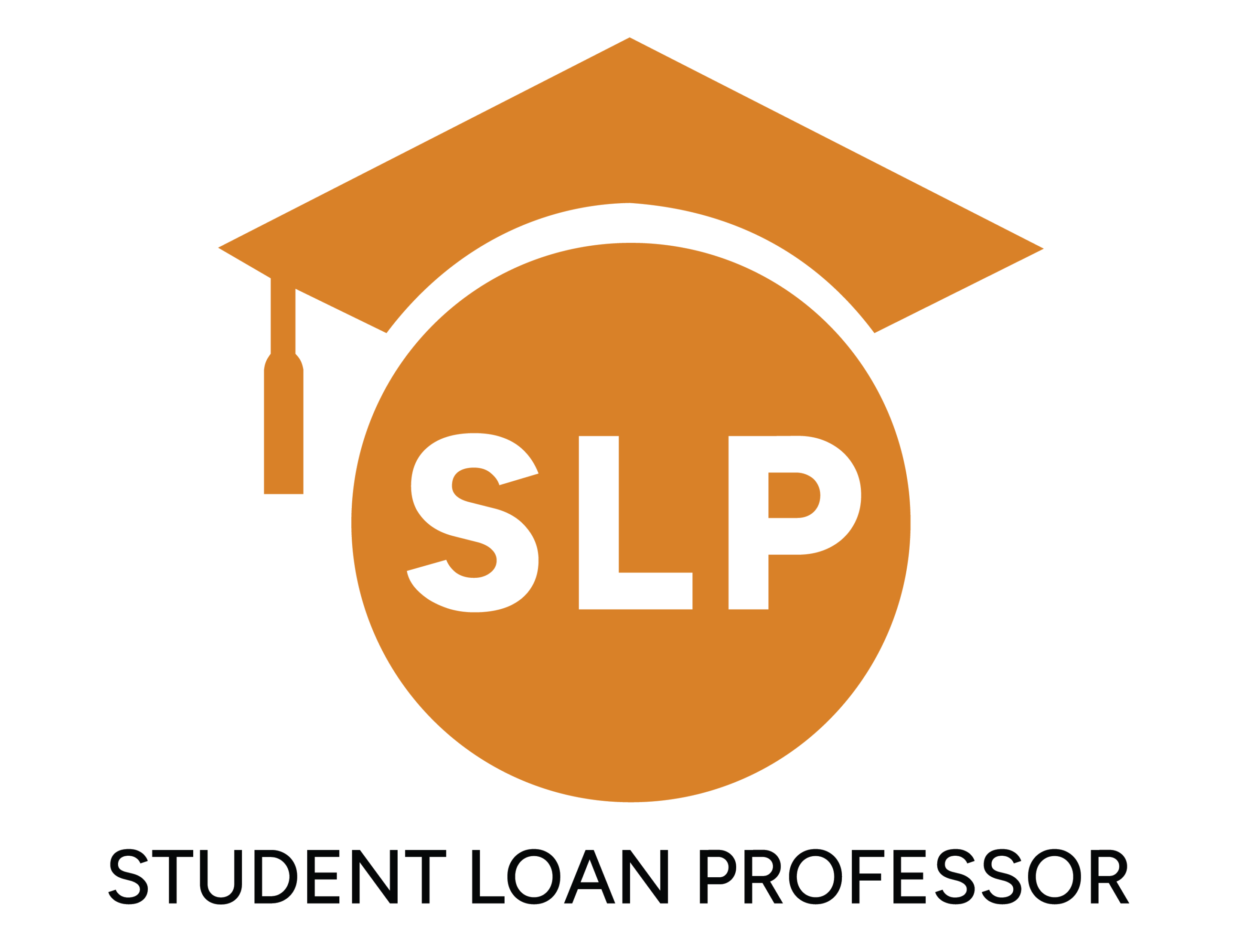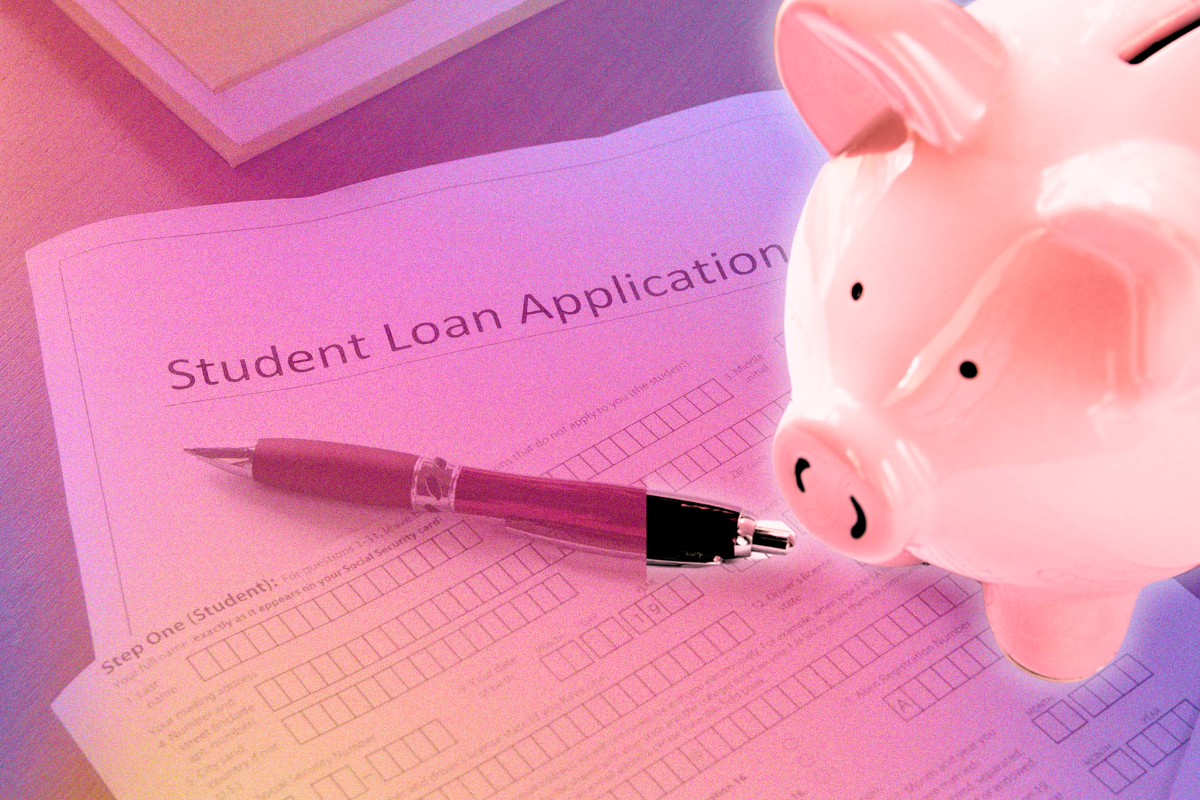Every student who pursues a higher education must grapple with how to finance their college expenses. For at least three years, they will need to cover tuition fees, secure accommodation, and purchase study materials annually at their chosen college.
While exceptional students get access to scholarships and grants, most students borrow money from the Federal Government or private lenders. A student loan is financial aid that both federal and private loan servicers provide to students to help cover their educational expenses.
Key Takeaways
- Federal student loans offer fixed rates, flexible repayment plans, and possible forgiveness options.
- Private student loans have higher limits but variable rates, no subsidies, and fewer protections.
- Borrowing limits depend on your student category: dependent, independent, or graduate.
- Missing payments can lead to loan default, legal action, and damaged credit scores.
Types of Student Loans
Student loans fall under two categories: federal and private student loans. In either case, you’ll have to begin repaying the debt via monthly payments once you graduate.
Federal Student Loans
The U.S. government has offered student loans since 1958, first through the National Defense Education Act of the same year and later through the Higher Education Act of 1965.
A federal student loan is a loan that originates from the Department of Education (DoE). They used to be offered as direct Stafford loans (named after U.S. senator, Robert Stafford), but that program has been replaced by the current Federal Direct Student Loan Program.
Types of Federal Loans
Depending on the student category you fall into, you can receive two types of federal loans: direct subsidized loans or direct unsubsidized loans.
- Direct Subsidized Loans: The Department of Education offers these loans to dependent undergraduate students, typically those who rely on their parents for financial support. While the student attends college and throughout the deferment period, the DoE subsidizes the loan’s interest rate payments.
- Direct Unsubsidized Loans: These loans are available to independent undergraduate students as well as graduate or professional students who are financially self-sufficient. The DoE doesn’t subsidize them, meaning eligible undergraduate and graduate students pay interest while attending college.
- Direct PLUS Loans: Commonly used to supplement loan limits (more below), Direct PLUS loans are for graduate students and the parents of dependent undergraduate students. Being unsubsidized, the unpaid interest on these loans accrues while you attend college.
- Direct Consolidation Loans: Loan consolidation involves combining multiple student loan types into a single loan. By consolidating your federal loans, you can take advantage of the same benefits, such as low interest rates and various repayment options.
The features common to the above loans include:
- Fixed Interest Rates: Every federal loan offers a fixed interest rate, making them less costly in the long run.
- Deferment: Subsidized federal student loans have a six-month deferment period after graduation. The deferment period is a timeframe within which you won’t be obligated to make monthly repayments of the loan principal and interest.
- Multiple Loan Repayment Plans: You get several options for repaying the money. For example, you can switch to income-driven repayment plans if you struggle to keep up with the monthly payments.
- Option for Student Loan Forgiveness: The Federal Government can forgive your loan if you meet certain criteria (e.g., you’re a public servant who has kept up with your loan repayment for a specific number of years).
This loan type is an excellent option if you want to keep your repayment costs down and get access to the above benefits.
Private Student Loans
As an alternative to borrowing from the U.S. government, you can borrow from private student lenders.
The primary lenders that may offer you a private student loan include:
- Banks (e.g., Citizens Bank)
- Online lenders (for example, SoFi), and
- Credit unions (USC Credit union)
Although private loans offer higher loan limits, they come at a price.
The first drawback to private student loans is their variable interest rates. While private loans may have fixed or variable interest rates, most are variable. This feature can make your loan payments more expensive than if you opted for a federal student loan.
Also, your private student loan cannot be subsidized. Interest will accrue on the monthly student loan payments you’ll have to make, unlike subsidized federal student loans, which spare you that expense. You also don’t always get a six-month grace period that defers your loan repayments.
Finally, private loans aren’t eligible for student loan forgiveness programs.
With the above in mind, it’s best to consult professionals before taking on private student loan debt. If you’re a professional student with a private and federal student debt portfolio, a professional can offer refinancing advice to help keep your costs down.
How Much Student Aid Can You Get?
Federal and private student loans have annual and aggregate loan limits. If you borrow through a federal direct loan program, your loan limit will depend on your student category, as follows:
| Student Category | Annual Limit | Aggregate Limit |
| Dependent Undergraduate Students | $5,500 – $7,500 | $31,000 |
| Independent Undergraduate Students | $9,500 – $20,500 | $57,500 |
| Graduate and Professional Students | $20,500 | $138,500 |
| Doctoral Level Graduate Health Programs | $40,500 | Unlimited up to Cost of Attendance |
As mentioned earlier, private student loans have higher loan limits. These limits vary from one vendor to the next. For example, Citizens Bank offers loan limits of up to $225,000, which is $86,500 more than graduate students can get via a federal student loan program.
If you’d like to learn more, our detailed guide sheds more light on private and federal loan limits (including whether you should borrow the full amount).
The Student Loan Application Process
Prospective borrowers must apply to obtain federal student aid and private loans.
Regarding federal student loans, the application process begins with you filling out the FAFSA form. The student’s prospective college uses this form to determine if they are eligible for financial aid.
They’ll need to create a studentaid.gov account to access the form. When doing so, they must provide the following details:
- Their name
- Their social security number (exactly as it appears on the card)
- Tax returns
- Savings or checking account statements (showing their current balance)
- Records of child support received
- The net worth of all investments they hold
- Their selected colleges
- Their dependency status
- Their parent’s information (dependent undergraduate students); and
- Their spouse’s information (married students)
After filling out the form, students must electronically sign it and agree to the website’s terms and conditions. In return, they’ll see a confirmation page with the next steps and an estimated Student Aid Index.
The steps for applying for private student loans are as follows:
- Visit the Lender’s Website: Students should review the repayment options, interest rates, eligibility criteria, and other requirements.
- Apply: They can either apply via the website or in person (banks and credit unions). The borrower will need to provide evidence of their credit history and get a co-signer.
Upon completing the application form, the lender will contact the student within the time stated as its response time on its website.
How Student Loans Get Repaid
Private and federal student loans typically have the following repayment plans (with federal loans offering more flexibility):
- Income-Based Repayment: The student loan payments in these plans vary between roughly 10% and 20% of the borrower’s monthly income. These repayment plans can have a repayment term that lasts for 25 years.
- Standard Repayment Plans: These plans let the borrower pay a fixed amount monthly. The specific amount paid may vary depending on the amount borrowed and the loan’s interest rate. The repayment term is based on the amount you borrowed, between 10 and 30 years.
- Graduated Repayment Plans: During the 10 years (30 years for loans over $60k), the borrower makes monthly payments that increase every two years. The first payments start low.
- Extended Repayment Plans: Over 25 years, the borrower makes low monthly payments.
The DoE works with the following loan servicers:
These servicers manage the collection of all direct student loan payments on behalf of the U.S. government.
Borrowers can schedule automatic payments from their checking accounts. We advise you to do this for your federal student loans because you can get a 0.25% deduction on your interest rate.
Missed Payments and Default
Students must pay back any financial aid received in student loans. If a student misses their student loan payments multiple times, it can cause them to default on the loan.
According to the Federal Student Aid glossary, defaults on most federal student loans happen when no payments have been made in over 270 days. Private lenders are more stringent about missed payments. Some may consider you to have defaulted on a loan if you miss one payment.
Two consequences for defaulting on student loans include legal action and damage to your credit score.
Get Expert Advice on Student Loans
Except for a few cases, most college students need to obtain a student loan, either from the U.S. government or a private lender. If you’re thinking about getting one, contact Student Loan Professor for expert advice on how to apply and manage your debt.
Brandon Barfield is the President and Co-Founder of Student Loan Professor, and is nationally known as student loan expert for graduate health professions. Since 2011, Brandon has given hundreds of loan repayment presentations for schools, hospitals, and medical conferences across the country. With his diverse background in financial aid, financial planning and student loan advisory, Brandon has a broad understanding of the intricacies surrounding student loans, loan repayment strategies, and how they should be considered when graduates make other financial decisions.



![Our Honest Thoughts On Aidvantage Student Loans [For 2025]](https://www.studentloanprofessor.com/wp-content/uploads/2024/10/SLP_fallback_2-no-logo-400x250.jpg)

